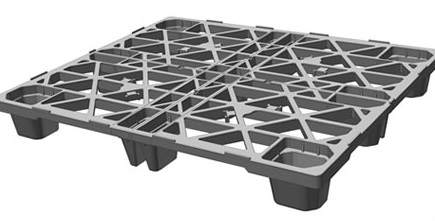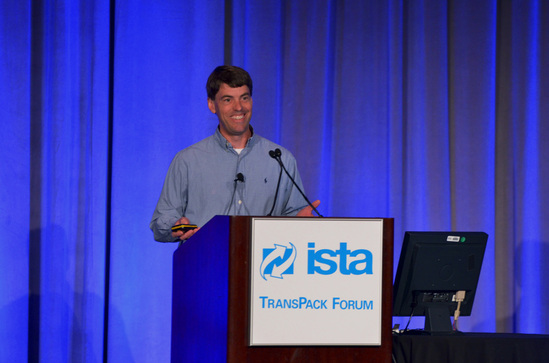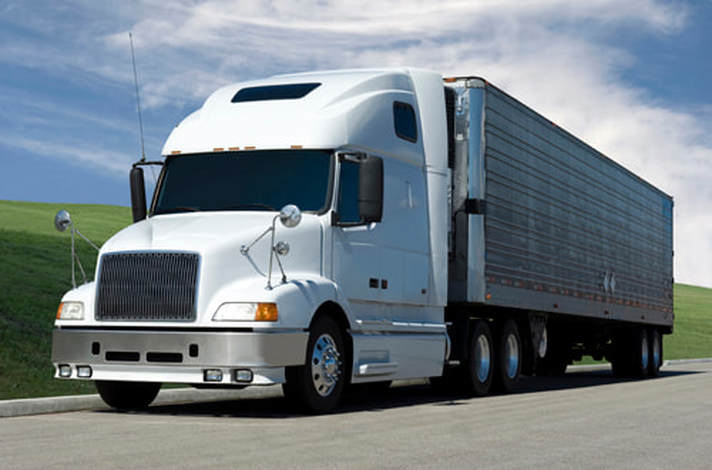|
Need a special-size pallet without the high cost?
A revolutionary new plastic pallet design available from Nelson Company can be customized to at least 9 different sizes for your small and unique pallet size requirements. Even better... it’s available at a fraction of custom pallet prices. Introducing the Semi-Custom Series 350 Plastic Pallet...
2 Comments
Happy Earth Day! One of Nelson’s specialties is wood pallets. It may be hard to believe but wood pallets and the lumber industry are not bad for the environment. We decided to dispel some common myths about wood pallets and the environment in celebration of Earth Day
John Clarke and Kent Longardner represented Nelson Company at the ISTA Transpack Forum in Orlando, Florida for three days at the end of March.
Forum attendees gained valuable new information about transport packaging and the distribution of products from recognized industry leaders from around the world - including our very own John Clarke. Freight terms can be confusing.
Acronyms, abbreviations, shorthand and jargon make up the shipping freight lexicon. Many terms commonly used in the freight world can often leave people in a state of confusion.  Pests travel via wood products. Many of the pests that cause damage to trees, wood and other wood products catch rides to new habitats on wooden packaging used for shipping common consumer goods, auto parts and other products. One of these pests is the Emerald Ash Borer. Here's what you need to know about this destructive wood pest. |
Call Us: (410) 477-3000
Headquartered in Baltimore since 1918 Nelson Company is a trusted source for pallets & packaging materials.
NelsonCompany.com Is your packaging system costing more than it should? Find out how you can start saving with an analysis from Nelson Technical Center.
Our own web-based software for reverse distribution. Nelson-ART™ manages the entire life-cycle of your packaging assets.
|
Tech CenterThe Nelson Technical Center finds savings. Solutions for the design, supply and recovery of transport packaging.
(443) 649-1049 |
Wood SalesCustom wooden pallets and crates are our specialty. Ask us about wood manufacturing, repair and recycling.
(410) 477-3000 |
|







 RSS Feed
RSS Feed
